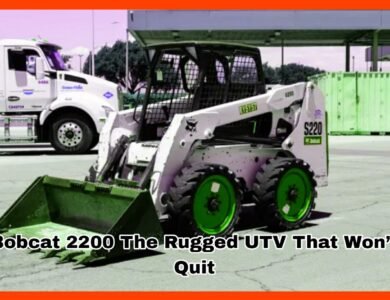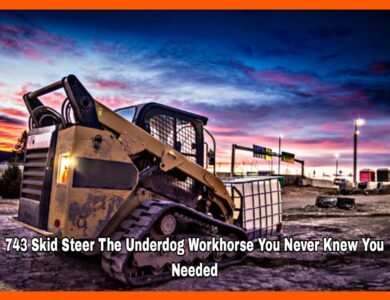Heavy EquipmentLifting Equipment
Large Equipment Movers Your Key to Efficient Heavy Lifting
Large Equipment Movers Your Key to Efficient Heavy Lifting

Large Equipment Movers Your Key to Efficient Heavy Lifting
When it comes to moving large equipment, there’s no room for error. Whether it’s heavy machinery, industrial equipment, or oversized furniture, getting it from point A to point B requires the right tools, techniques, and expertise. That’s where large equipment movers come into play. This article will take you through everything you need to know about moving heavy, bulky, and potentially dangerous equipment with ease.
Why You Need Professional Large Equipment Movers
Moving massive objects is no small feat. Here’s why professional movers are crucial for the job:- Safety: Heavy equipment can pose risks, both to people and property. Specialized movers use safety protocols to avoid accidents.
- Expertise: Professional movers are trained to handle complex logistics and precision placement, ensuring equipment is moved correctly without damage.
- Specialized Equipment: Large equipment movers use custom tools like skates, cranes, and hydraulic lifts to get the job done right.
“Moving large equipment is not just about muscle, it’s about knowing the right technique and using the right equipment,” says expert mover, Sarah Clarkson.
Types of Large Equipment Movers
Not all heavy objects are created equal. Different pieces of equipment require specialized tools to transport. Here are some of the most common movers used in the industry:1. Flatbed Trucks
Flatbed trucks are the go-to choice for many large equipment moves. Their open design allows for the safe loading and unloading of machinery, and their size can accommodate even the heaviest pieces.2. Forklifts
If you’re moving smaller but still heavy items, forklifts are a must-have. They’re ideal for transporting construction equipment, pallets, and containers.3. Heavy-Duty Skates
Used in conjunction with other equipment, heavy-duty skates make it easier to roll heavy machinery across flat surfaces. They’re perfect for moving industrial machinery or art installations.“You can’t move a 10-ton press without the proper heavy-duty skate setup,” says John, a seasoned professional in equipment relocation.
Steps Involved in Moving Large Equipment
Moving large equipment isn’t just about brute force. It’s a multi-step process that requires attention to detail and precision:- Assessment: Before moving anything, professionals assess the equipment’s size, weight, and fragile components.
- Preparation: Tools and trucks are arranged. Cranes or hydraulic jacks might be used to lift items.
- Lifting & Transporting: Equipment is carefully lifted and placed onto moving platforms or flatbed trucks.
- Placement: Once at the destination, careful placement ensures the equipment fits securely in its new home.
Tips for Hiring Large Equipment Movers
- Check Experience: Look for movers with a proven track record in handling similar types of equipment.
- Insurance Matters: Always hire movers who offer insurance in case of damage during transport.
- Plan Ahead: Moving large equipment is complex. Planning ensures the process runs smoothly and avoids delays.
Things to Look for in a Moving Company
- Availability of heavy lifting tools
- Knowledge of transport permits (for oversized loads)
- Good customer feedback and testimonials (always check reviews)




